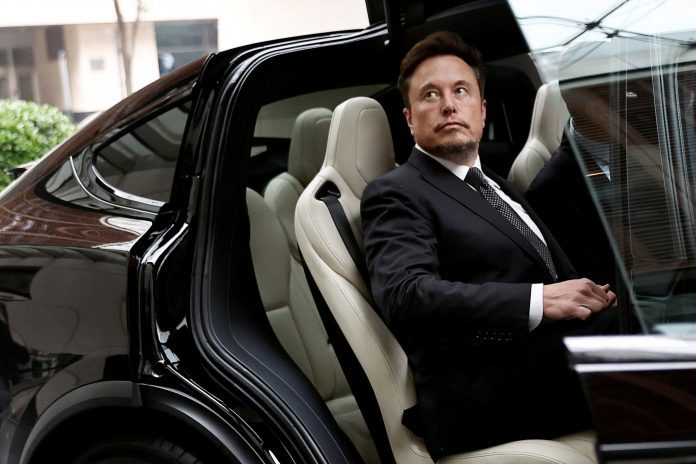Over the years, Tesla’s Autopilot system, a feature of its Advanced Driver Assistance Systems (ADAS), also known as Autopilot and Full Self-Driving (FSD) Package, has been under scrutiny due to several fatal accidents.
While Tesla has typically prevailed in court, a new trial is set to begin following evidence that the company may have known about the potential misuse of its Autopilot system.
In a well-known incident from March 2018, an Apple engineer, Walter Huang, died in a crash involving his Tesla Model X operating on Autopilot. At the time, a common issue with Tesla’s Autopilot was that Huang’s Model X entered the median of a freeway ramp as if it were a lane. But, it struck a barrier about 150 meters after entering the median.
Because the crash attenuator had been broken in an earlier incident, no crash attenuator was in place, resulting in a strong impact. After being taken to the hospital, the driver passed away from his wounds.
After investigating the incident, the National Highway Traffic Safety Administration (NHTSA) verified that the car was operating on Autopilot. However, phone data showed the driver was playing a video game on his phone and not using a crash attenuator, which would have lessened the impact of the collision.
Then, the family filed a wrongful death lawsuit against the EV maker. Yet, the family’s attorneys are focusing on Tesla’s communications for the upcoming trial. The trial is scheduled to begin next week in a San Jose court, and more material is being released while the court assesses what they will be permitted to present to the jury.
The trial, scheduled to start next week in a San Jose court, will examine Tesla’s internal policies and communication with owners regarding safe usage. Additionally, it will address measures Tesla took post-crash, including introducing driver monitoring via cabin-facing cameras and enhancing driver alerts.




